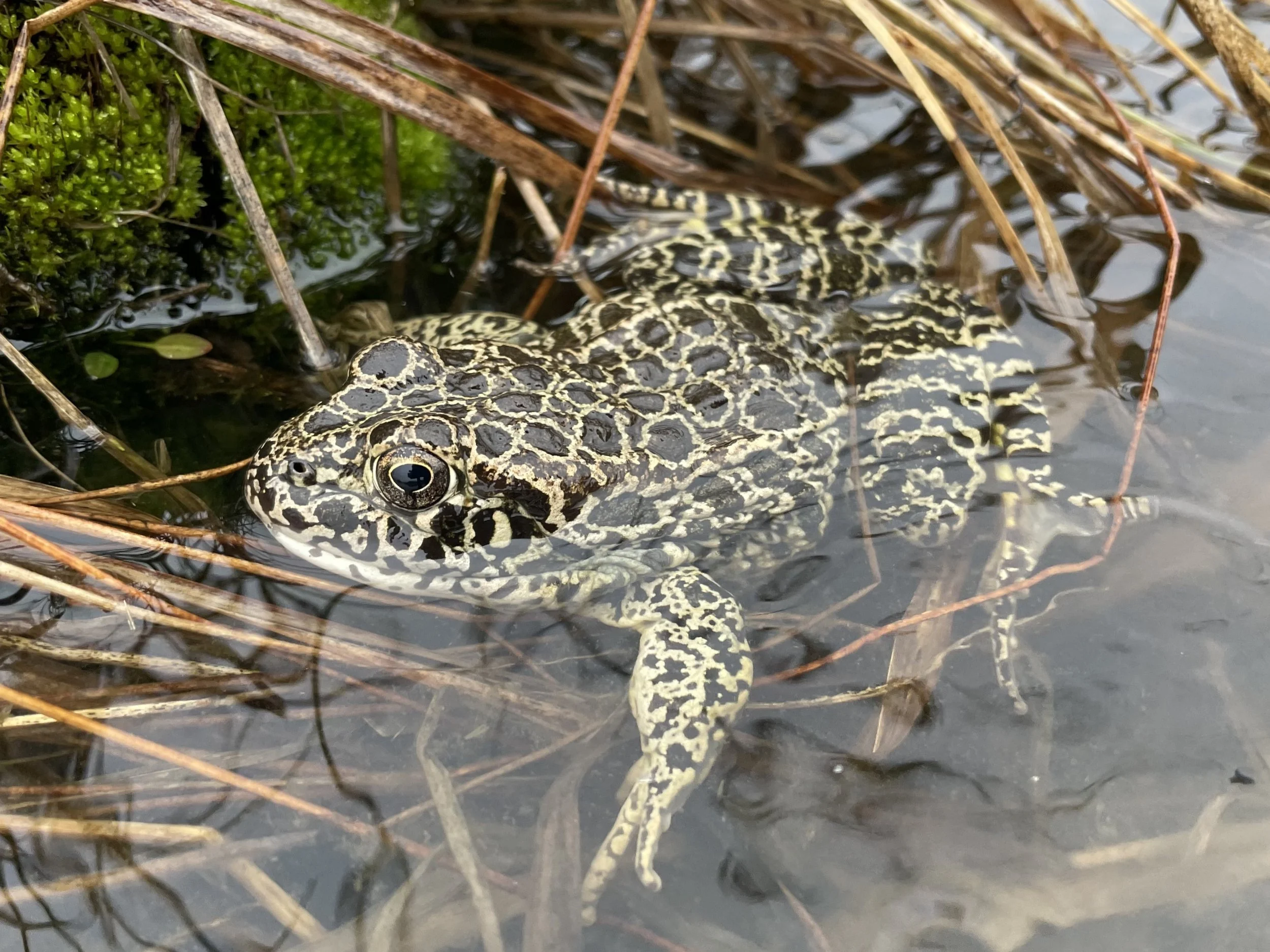Wildlife Watching Wednesday: The Fly-Catching Eastern Phoebe
By: Tom Berg
The Eastern Phoebe is a very accomplished flycatcher. This bird is dark brown on its back, head and wings (dark gray on some individuals), and has a white or off-white belly and breast. Their tail is relatively long and their bill is short and thin. They are about the size of a sparrow, and they weigh less than an ounce. They can raise the feathers on their head like a crest, especially when they are excited.
Eastern Phoebes are flycatchers, and like many birds that catch and eat flying insects, they often perch on a tree branch or a fencepost and wait for their next meal to fly by. Flying insects like butterflies, moths, damselflies, flying ants and wasps are some of their favorite foods. When they see a likely victim hovering nearby, they flit out there, catch it in their beak and return to their same perch. This is called “hawking”.
Although they can be found in sparse woodlands and open parks, Eastern Phoebes are also common around farm buildings, neighborhood yards and other places frequented by humans. Phoebes often have a habit of building their nests under bridges or under building ledges where they are somewhat protected from the weather. They have even been known to reuse the same nest the following year.
Eastern Phoebes are not very sociable birds. Even though males and females of the species are monogamous and stay with the same mate for life, they actually spend little time together. They are usually seen sitting alone on one of their perches, hunting and waiting for insects to fly into range.
Phoebes are considered to be medium-distance migrants, since they only migrate south to the southern United States and Mexico rather than all the way to Central or South America. When they fly north again in the springtime, they might stop anywhere in the eastern half the USA. But some don’t stop until they reach the boreal forests in the far north of Canada.
In any case, when you hear the familiar “fee bee” call, you will know that an Eastern Phoebe is nearby!
Have you had a great outdoor experience? Join Global Outdoors and write a review to tell everyone about it! We’re building the home for trusted reviews of outdoor experiences, outfitters, and guides


